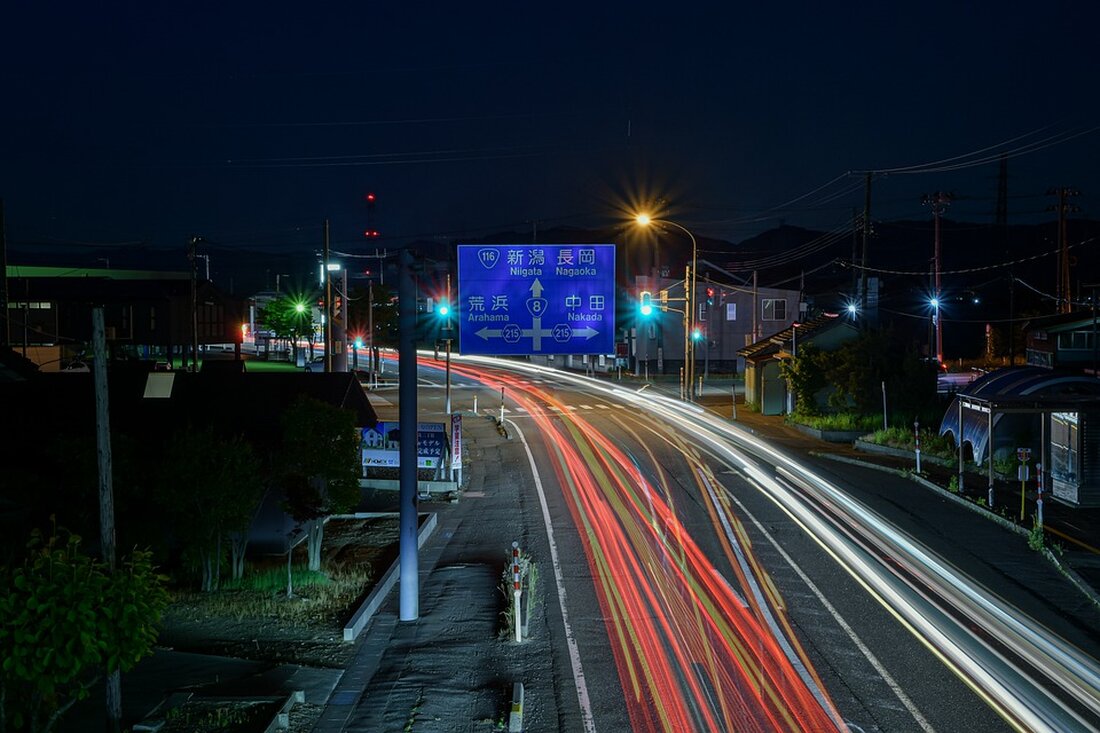Light, ultra -flat solar cells
Discover the ultra-thin, flexible solar cells from Toyota, which are integrated in portable vests and are used in Osaka at Expo 2025. Light, efficient and innovative!

Light, ultra -flat solar cells
While the summer temperatures in Osaka, Japan, close 40 degrees Celsius, use the employees of the Expo 2025 Innovative Utility westing to escape the heat.
The innovative development behind the utility vests
The West was developed by Toyoda Gosei, a subsidiary of the Toyota Group, in cooperation with the solar cell startup Enecoat Technologies and the textile manufacturer Seire. These utility vests are equipped with ultra-thin, flexible solar cells that weigh less than four grams-drive more than a single sheet of paper and neck fans that keep the straps cool.
perovskite: The future of solar energy
These solar foils differ significantly from the silicon pans, which today make up 98% of the solar energy market. Instead, they consist of Perovskites, a family of crystals with a characteristic structure. Perovskit solar cells are lighter, cheaper in production and can absorb a wider light spectrum, including visible and near-infrared light. "They can even be charged in the shade or in rain and cloudy weather," explains Shinichiro Fuki, director of the Toyoda Gosei team behind the vest.
efficiency in practice
In the laboratory, the solar foil of Enecoat has achieved efficiency of 21.2%, which means that a fifth of solar energy is converted into electrical energy. It is currently being tested on the Expo under real conditions. The team collects data daily on the reaction of the film to various climate conditions such as solar radiation and temperature, as well as the performance of the mobile battery, which is to be fully charged in five to ten hours.
integration into portable technologies
fuki emphasizes that it is a "world premiere" to integrate perovskit -based solar cells into portable technologies. "We hope that people who work in environments in which they cannot easily get electricity will use the West," he adds.
The multifunctionality of the perovskites
perovskite can be produced in nature and in the laboratory. Your application in solar cells was first demonstrated by researchers in Japan in 2009. In laboratory environments, perovskite has achieved efficiency of over 26%, which corresponds to the efficiency of the best current silicon solar panels. A great advantage of perovskites is their ability to generate electricity in interiors or in low light, explains Tamotsu Horiuchi, head of technology at Enecoat Technologies. "LED or fluorescent lamps are sufficient to gain energy," he adds.
further innovations on the Expo
The West are not the only demonstration of perovskites on Expo: The Polish company Saume Technologies has installed curved solar cells in "smart poles" that drive street lanterns, security cameras, digital displays and wireless charging. The Japanese company Sekisui Chemical shows its one millimeter thick solar foil on the roof of the bus station of the event. In Panasonic Group Pavillon were embedded between glass layers are transformed into an artistic facade to present the aesthetic potential of this technology.
Japan invests in the future
Japan invests strongly in Perovskit technology in order to achieve ambitious goals to generate 20 gigawatt solar energy by 2040, which corresponds to the energy production of around 20 nuclear power plants. The country is the second largest producer of iodine Perovskites, and the mountainous terrain of Japan limits the development of traditional solar parks that require large areas.
challenges for perovskites
Despite its advantages, Perovskite have a shorter lifespan than silicon if it is exposed to heat, moisture or UV radiation. "Everyone is currently working on stability, because that's the only thing that is missing in comparison to silicon," says Dr. Hashini Perera, a research scientist at the University of Surrey. Researchers examine various methods to make Perovskite more durable, including the addition of "stabilization substances" or the wrapping of the film with protective layers such as glass.perspectives for the future
Another challenge is that Perovskite contains lead, which is poisonous. Studies have shown that this could be an environmental risk if it is damaged. However, Perera emphasizes that the risk of leading lead is very low, especially with robust capsule methods. While solar cells that only use Perovskit, possibly still have a long way to commercialize, they improve existing panels: Last year, Oxford PV, a company that emerged from the physics department of the University of Oxford, brought the first commercial tandem panels from Perovskit and silicon in the USA, which deliver up to 20% more energy than Conventional silicon cells.
"This is a big step forward for Perovskite," says Perera.
urban energy use optimized
The ability of perovskites to bring energy generation into urban areas to the point of consumption will also make future cities more efficient, says Horiuchi. "It is more effective to use the electricity generated there directly to the power supply of the building," he continues, "and the same applies to clothing. I think the best application would be ... on a smartwatch or your smartphone. I think it makes sense to develop in this direction."
Additional reporting from Yumi Asada, Cnn.

 Suche
Suche
